Winners of the Workplace of the Future Competition
By Bustler Editors|
Wednesday, Nov 20, 2013
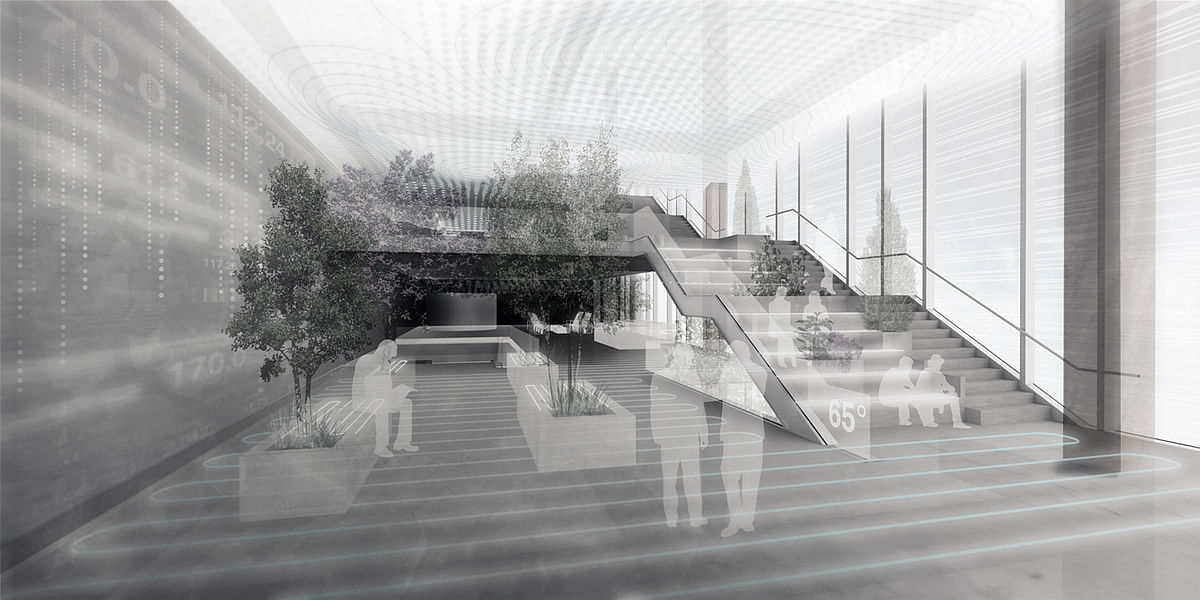
Related
The results are in for the Workplace of the Future Design Competition, presented by Metropolis and Business Interiors by Staples. The design competition questions the blurred definition of the workplace and the present-day possibility that work can be done just about anywhere now, with wireless and cloud technology readily available. With this in mind, entrants were challenged to design an ideal workspace fit for the mobile work environment.
The jury, which featured Tom Krizmanic — a principal at STUDIOS Architecture — and other esteemed members in leading corporations, selected three winning projects:
- First place: Vertical Flux: The Office Tower as Fluctuating Atmospheres by Joseph Filippelli
- Runner-up (Second place): CoLAB by Eckhart, team: Teun van den Dries, Frank van Haalen, Britt Brijder, Sander Mulders, Pauline Quast
- Honorable mention (Third place): NEXUS: The locomotion of business by Sara Willhoite, Angie Tjisnoyo, Matthew Ford, Mina Lee
Check 'em out right below.
Winners' info, provided by Metropolis:
WINNER (1st Place): Vertical Flux: The Office Tower as Fluctuating Atmospheres
Designer: Joseph Filippelli (freelancer)
Project Description:
"Technological advancements in the late twentieth century gave rise to visions of a post office future, where the business of work could be carried out anywhere. Yet today, more than ever, spaces of collective work remain vital to maintaining a healthy balance of living and working. Instead of making the office redundant, technology is allowing for greater flexibility for places of communication and collaborative teamwork."
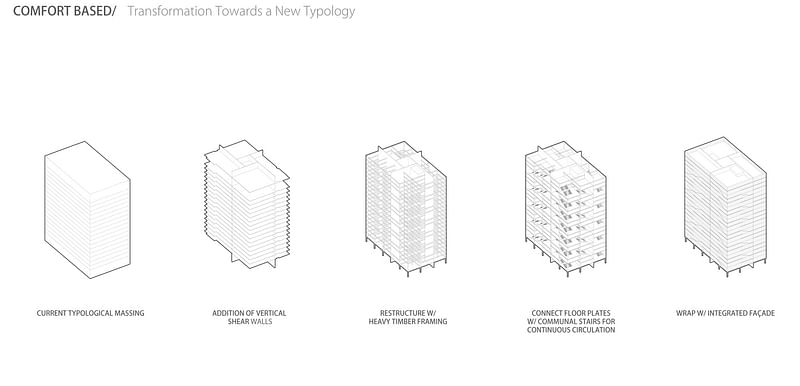
"This proposal breaks away from an organizational model which has remained relatively unchanged for almost a century and re-imagines the office tower as a fluctuating gradient of vertically distributed atmospheres. By rejecting the typical homogeneous interior environment, occupants are free to move vertically through a variety of comfort zones."
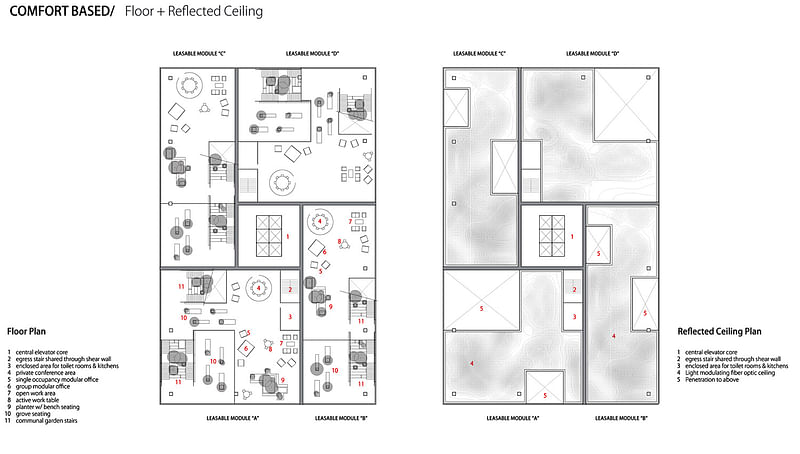
"A new approach to spatial organization challenges the paradigm of static, indoor environments and speculates upon the concept of thermal comfort as something malleable by employing relevant technologies combined with the natural properties of temperature and light."
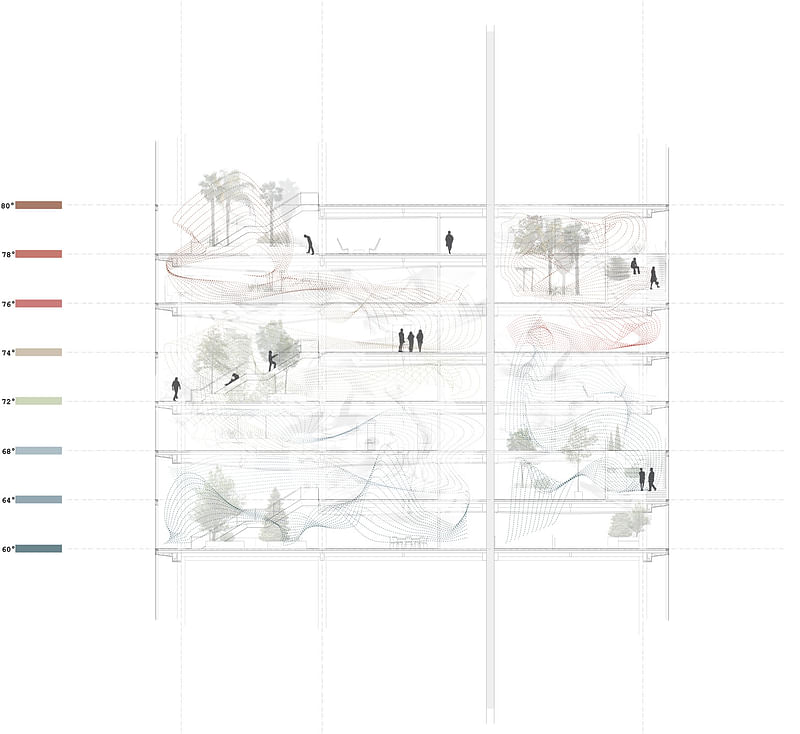
"A new approach to spatial organization challenges the paradigm of static, indoor environments and speculates upon the concept of thermal comfort as something malleable by employing relevant technologies combined with the natural properties of temperature and light."
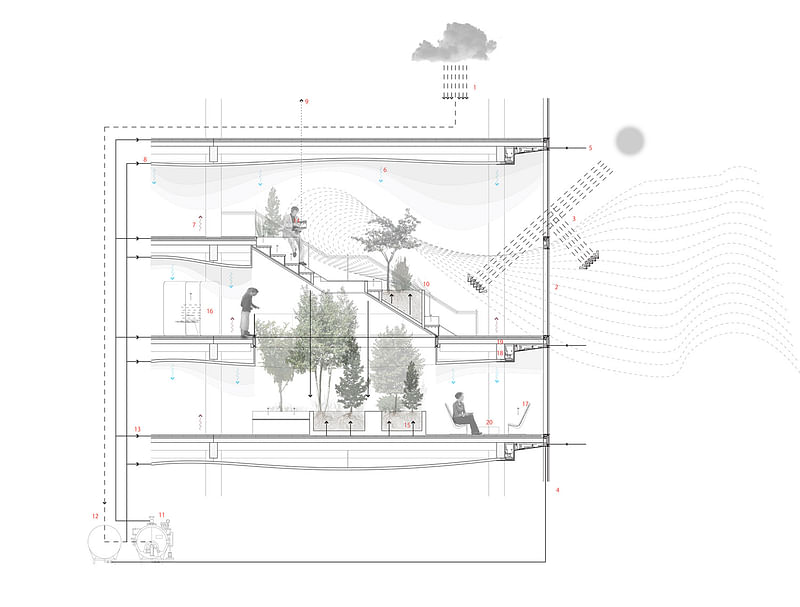
RUNNER-UP (2nd Place): CoLAB
Design lead: Teun van den Dries (Eckhart)
Team: Frank van Haalen, Britt Brijder, Sander Mulders, Pauline Quast
Project Description:
"The digital development in the work environment shows two clear changes in office space. The first is the reduction of storage space. In 1985 there was no digital storage, since people worked on typewriters. Nowadays filing cabinets have been replaced by server rooms and storage has moved to the Cloud."
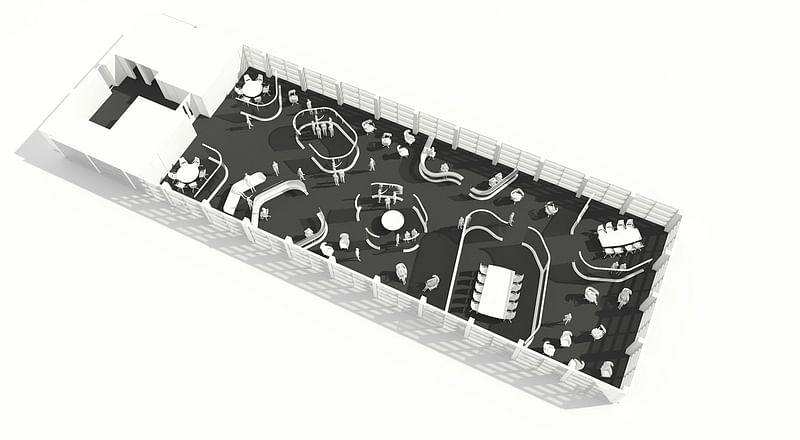
"Second is the reduction of workspace per worker. The large desktop computers have been replaced by slim laptops and tablets. These are easy to take with you, making it possible to work everywhere you are, always able to access your documents, decreasing the need for a physical workplace for every worker. This flexibility increases the ability to quickly switch location and collaborate in different teams day-by-day."
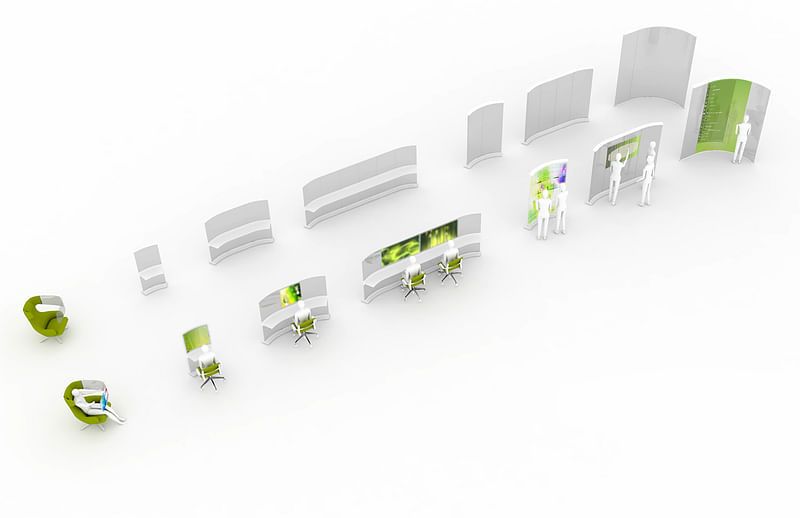
"Our vision for the office in 2020, CoLab, continues in that line and allows for workers to work at any location throughout the office and collaborate with co-workers in any imaginable configuration. We envision the future workspace as a gathering place for network/meta-organizations, focusing on collaboration and interaction versus classic concentrated work and formal meetings. The spatial structure addresses the need for flexibility and variety, with fluid and flexible partitions creating a wide range of different spatial types for different functions. The spatial structure is not just a partition, but becomes the cornerstone of the new CoLAB office."
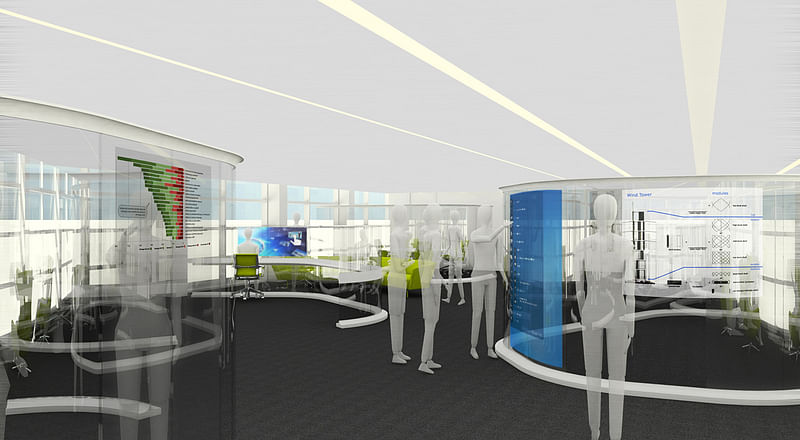
"Every surface becomes a display, with integrated interface technology. Space partitioning is based on functionality and typology of use, instead of internal hierarchy or departmental structure. The future workday will include much more variety in different activities, facilitated in both task-specific spaces and multifunctional/flexible space."
HONORABLE MENTION (3rd Place): NEXUS: The locomotion of business
Design lead: Sara Willhoite (University of Cincinnati / SAID)
Team: Angie Tjisnoyo, Matthew Ford, Mina Lee
Project Description:
"In the future, there will be an increase of mobile workers, making it essential to harness the time spent traveling to service productivity. In an ever-growing environmentally conscious society, more workers are taking public transportation. Yet, most cities currently lack efficient transportation. The United States is making an effort to connect major cities by high-speed railways."
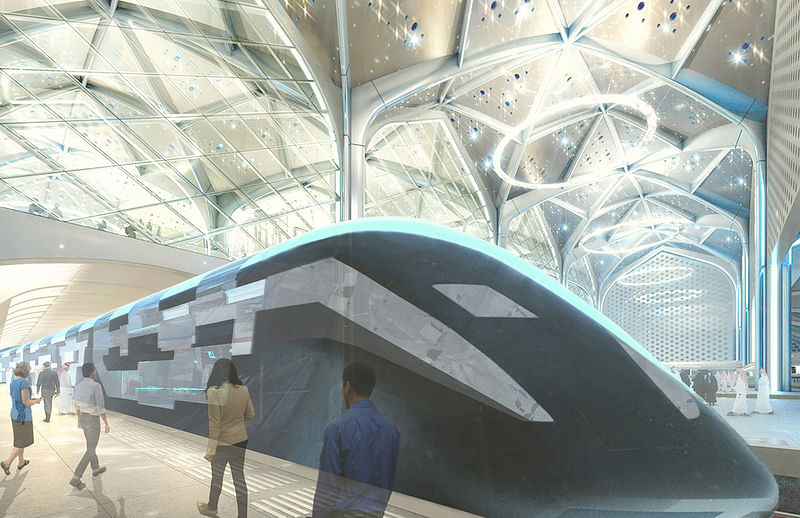
"These trains will travel at top speeds of 300 mph and is projected to hit major cities by 2015. High-speed rail will reduce congestion significantly and provide high-capacity, fast transportation. By creating unique spaces on public trains, travel time will be more productive. Nexus provides the various environments people prefer to work and lets them control the conditions in which they work."

"The variety of spaces on this train allows for both quick commuter trips, with touch down kiosks, as well as long cross-country trips, with comfortable long-term seating options. The spaces inside the unit reflect the independent and individual workers of the future."
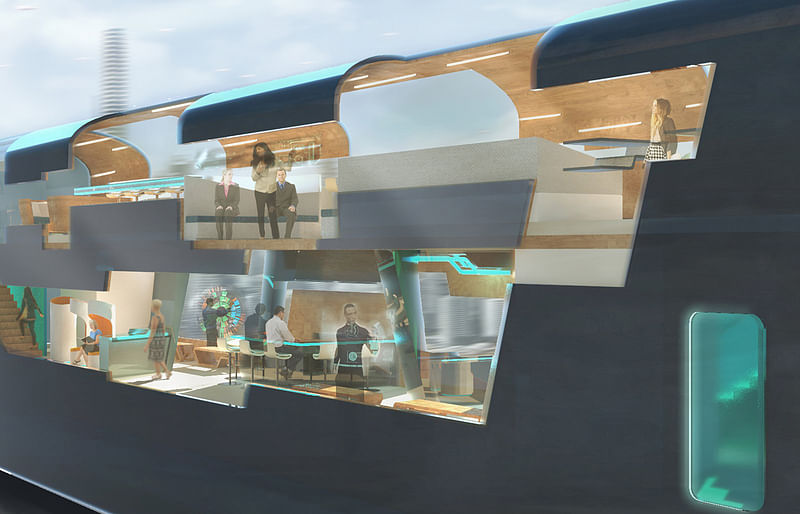
"Since mobile workers are on the rise, Nexus offers the option to work and travel through providing group, individual, private, and public spaces. Introverts may work well in the closed off Cega chair or in small groups in the Entente. Extroverts will thrive in the café and presentation lounge areas. Nexus is designed for every user’s needs."
All images courtesy of Metropolis.
For a more in-depth look into the competition, check out this recent article from Metropolis.

Share
0 Comments
Comment as :